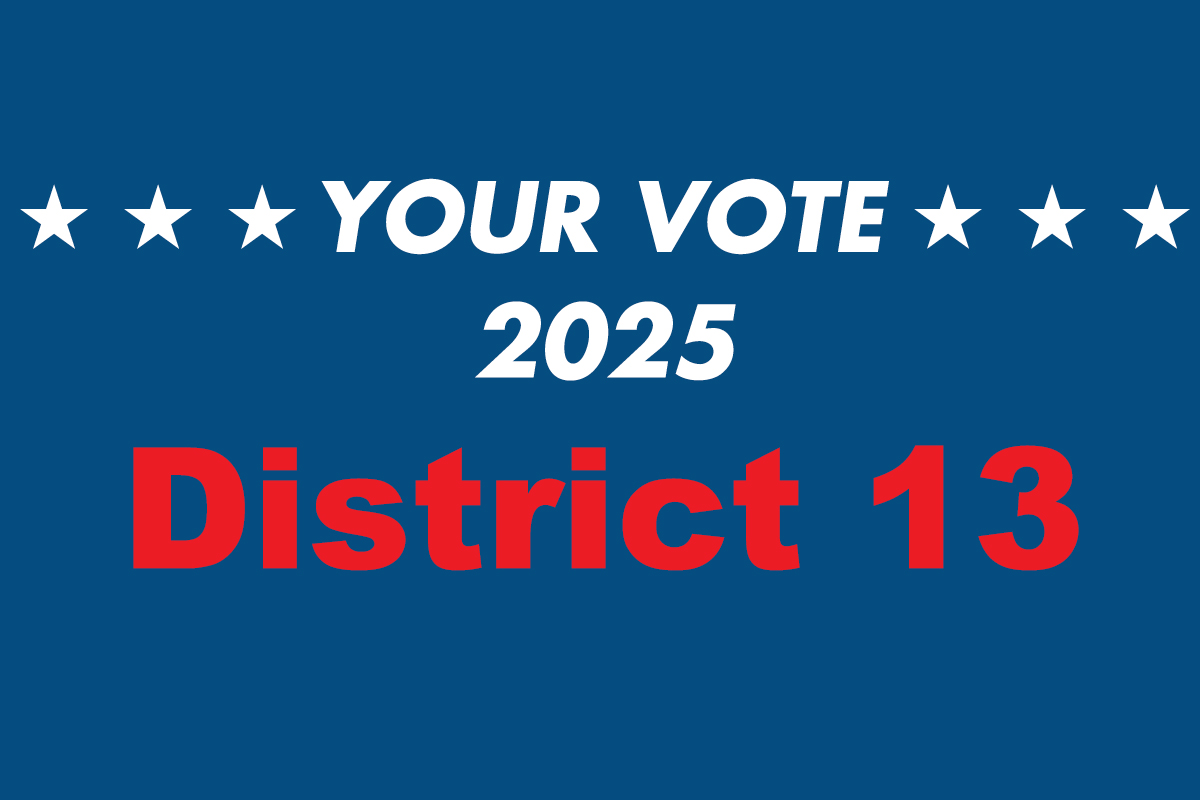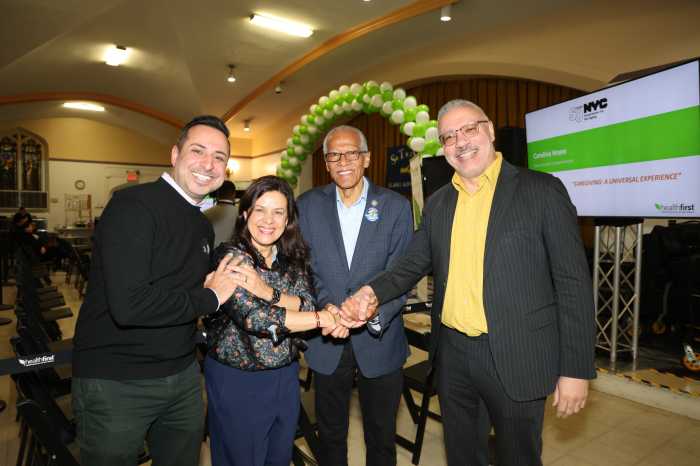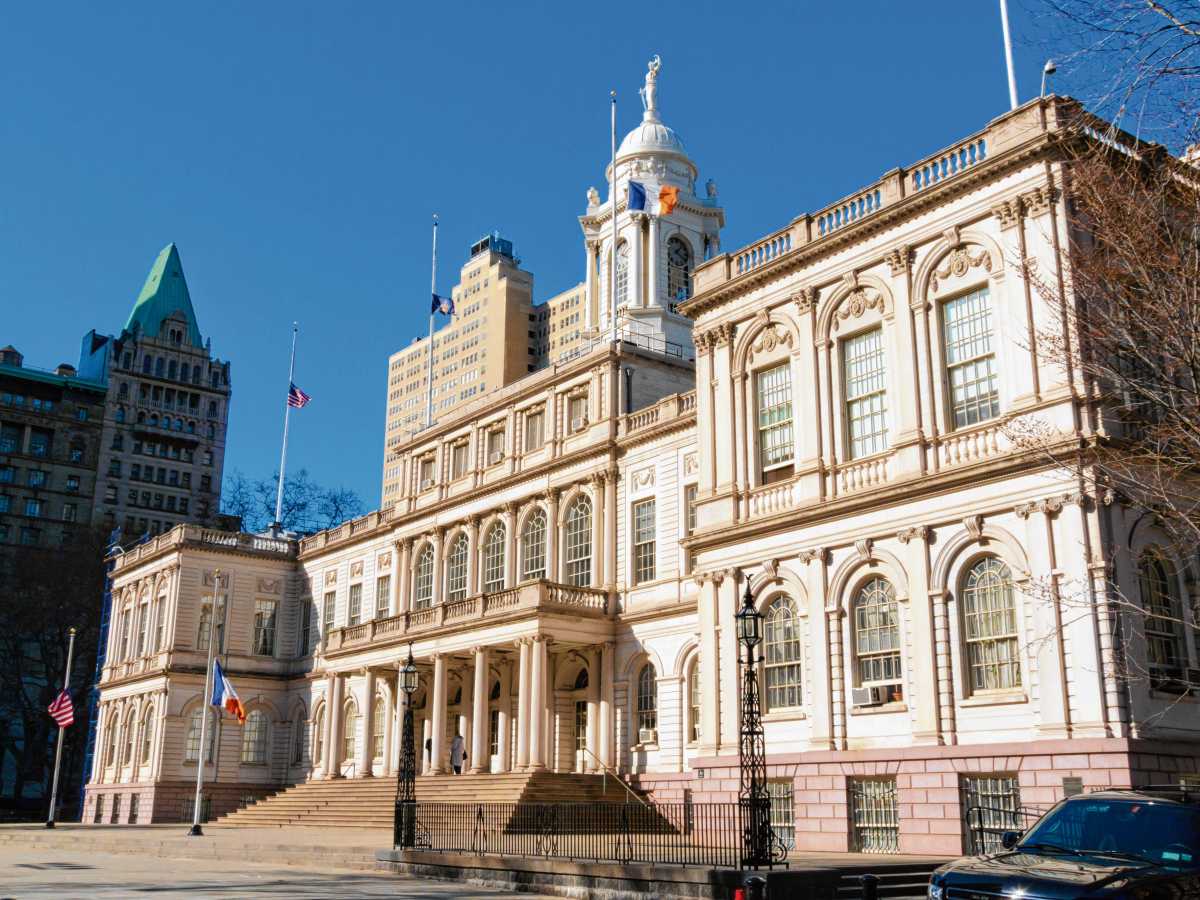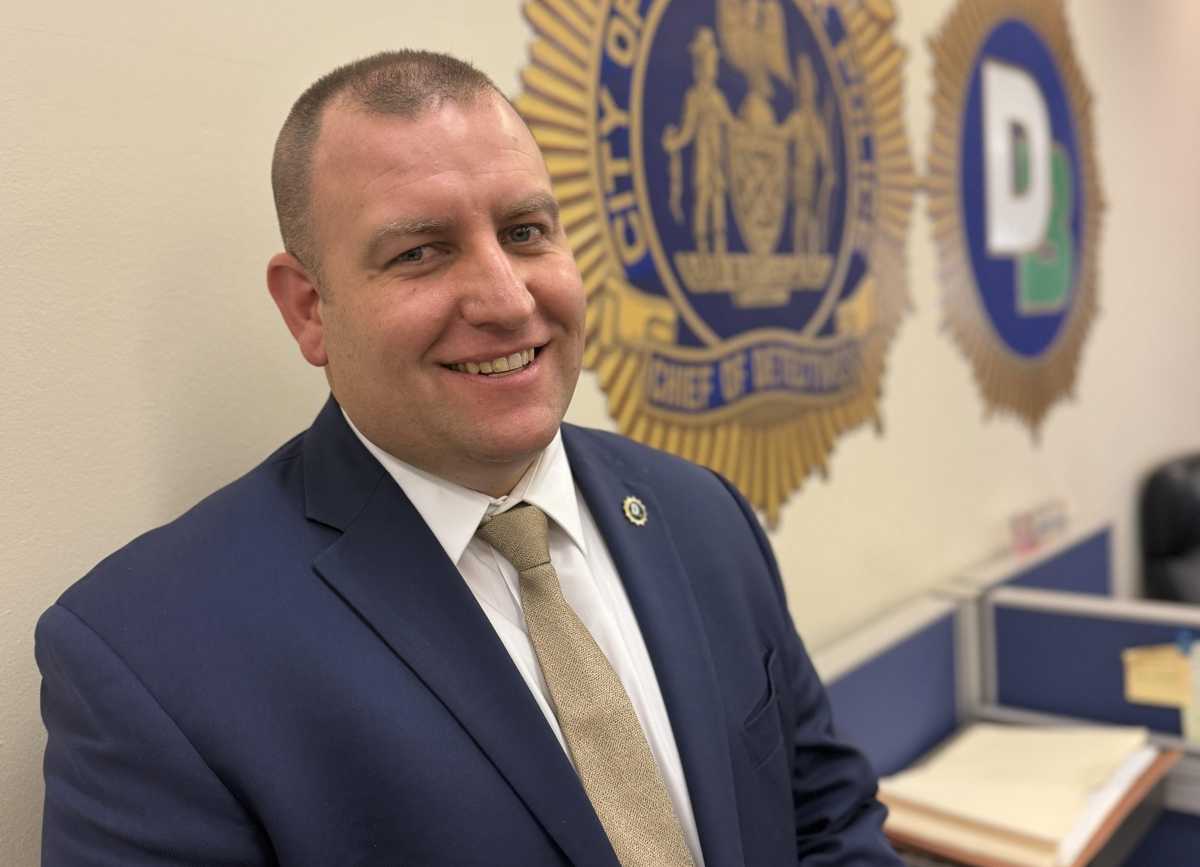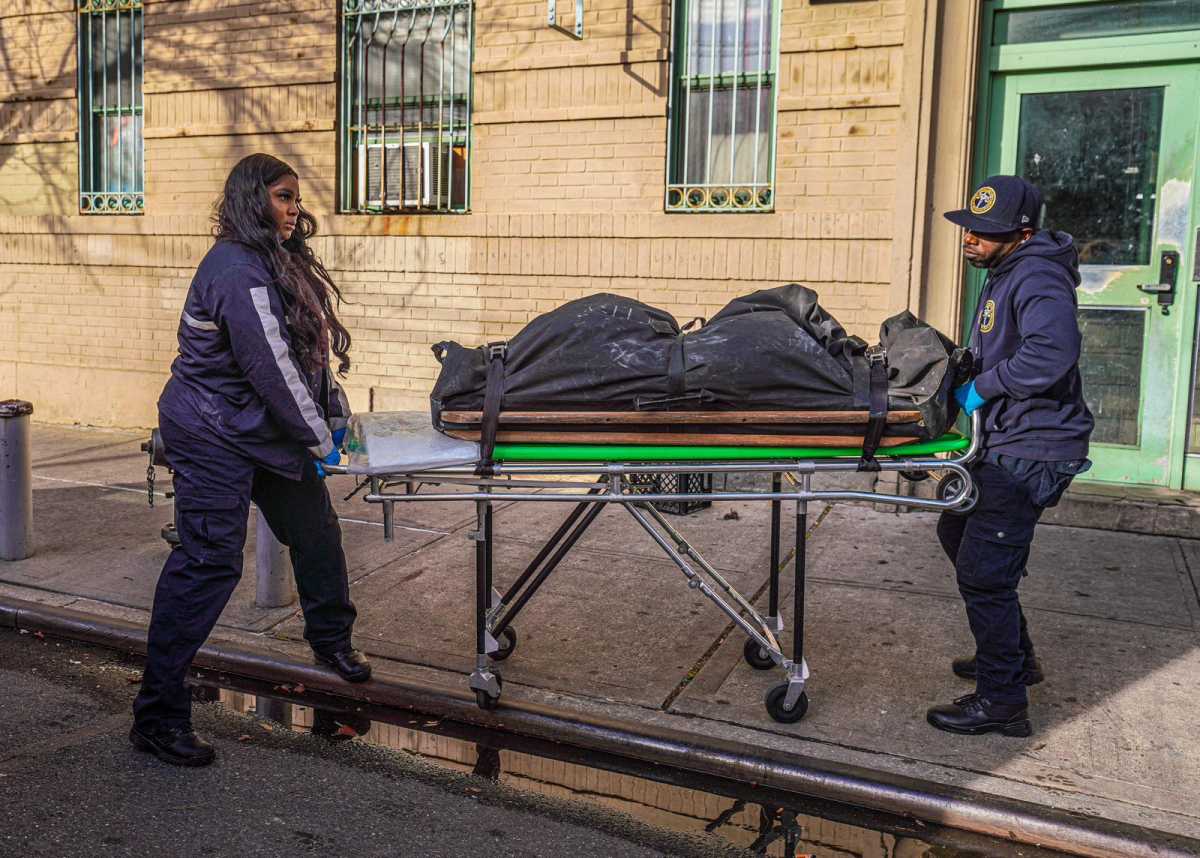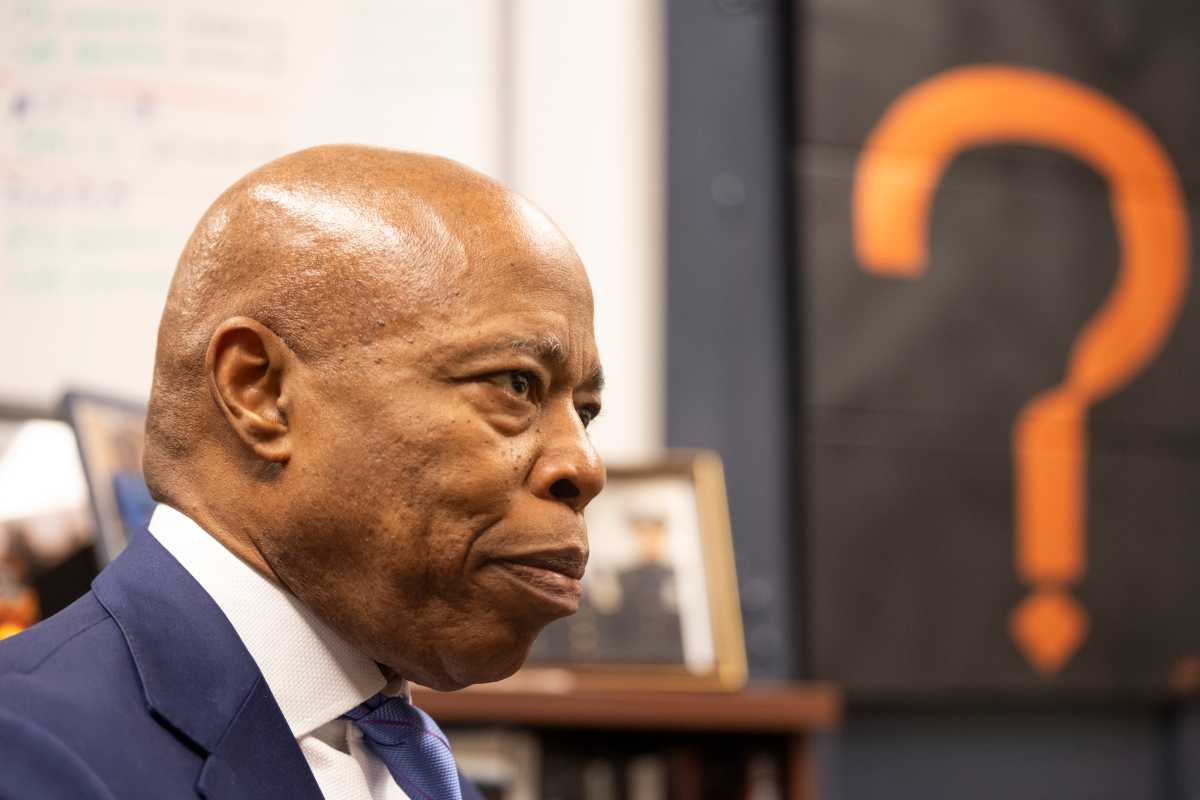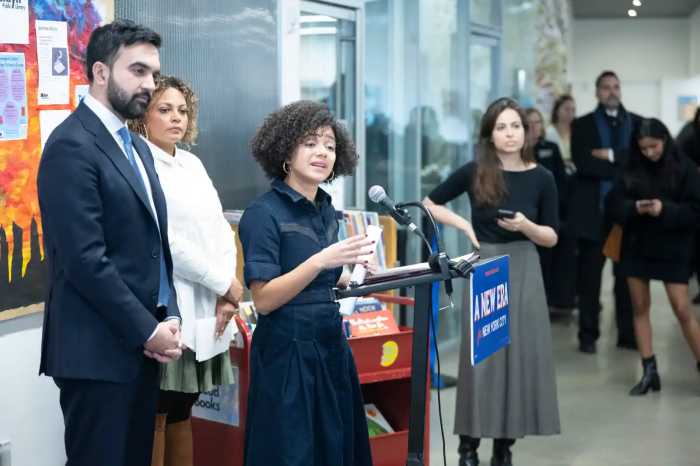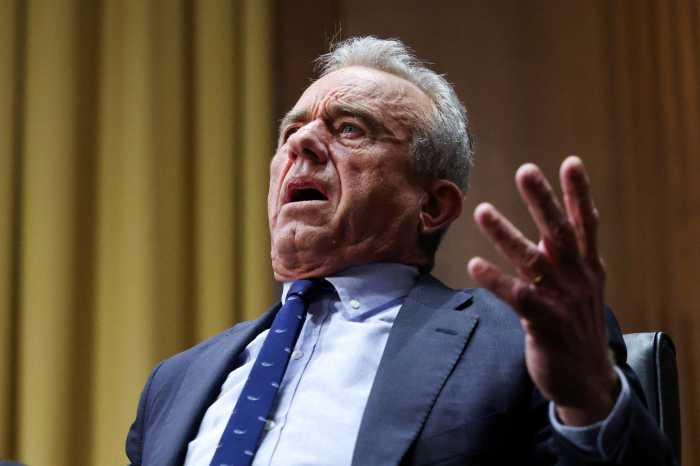Sponsored by AARP
With Election Day under six weeks away, the Bronx Times spoke with City Council candidates Kristy Marmorato and Shirley Aldebol to discuss their thoughts on transportation accessibility and affordability.
Q: Given that only 28% of NYC subway and Staten Island Railway stations are fully accessible under the ADA, what specific policies or initiatives do you support to accelerate the subway system’s accessibility improvements, especially in neighborhoods serving many aging residents?
Aldebol: As Councilmember I will fight to hold the MTA accountable, pressure them to move faster, and advocate for more aggressive benchmarks and financial penalties for delays in construction. I will also push for specific East Bronx stations to be prioritized in the upcoming MTA Capital Plan, highlighting our dense senior population and the need to connect to essential services like our local hospitals and healthcare facilities. I will fight to ensure the fair allocation of congestion pricing revenue and work to bridge the gap with accessible buses while subway renovations are ongoing. Lastly, for those who cannot use buses or subways, I will advocate for expanded and improved Access-A-Ride service, pushing for reforms that address long wait times and reliability issues.
Ultimately, ensuring a fully accessible transit system is a matter of equity. Our aging residents and people with disabilities should not be treated as an afterthought in our city’s infrastructure planning.
Marmorato: Just this year, money was secured for long-overdue upgrades to make the Middletown Road station ADA-accessible, a major win for District 13. I welcome these improvements, but I also insist on accountability and transparency — taxpayers deserve to know where their dollars are going and to see those dollars invested back into their communities.
While the MTA is a state authority, both city and state elected officials must demand clear timelines and honest reporting so riders know when their stations will become accessible. We should also partner with the Department for the Aging and the Mayor’s Office for People with Disabilities to ask what is needed and make sure resources are being directed where they will have the greatest impact. I’ve shown I can push agencies like the MTA to deliver, and I will continue fighting until every neighborhood in our district has stations that seniors, parents with strollers, and people with disabilities can use with dignity.
Q: Many older New Yorkers rely on public transportation for daily activities, yet accessibility remains a challenge. How would you propose to enhance last-mile solutions, such as accessible bus stops, curb cuts, and shuttle services, to better serve aging residents in your district?
Aldebol: Regarding our buses, we must focus on both improving the bus stops and the buses themselves. I will work with the Department of Transportation (DOT) and the MTA to fast-track upgrades to bus stops in areas with high senior populations. Many stops in the Bronx are not curb-accessible or are difficult to reach due to sidewalk obstructions. We must also ensure that our bus fleets are accommodating with functional chair lifts and sufficient seating capacity for both seniors and the disabled.
The last mile for many seniors is a walk to or from a bus stop. Their journey must be safe and obstacle-free. That’s why, as your Councilmember, I will work to accelerate curb cuts and ramp upgrades and increase enforcement of sidewalk obstructions because a wheelchair ramp is useless if it is blocked by scaffolding, trash cans, or illegally parked cars. By focusing on these practical and proactive solutions, we can ensure that our city’s transportation network is truly accessible and serves the needs of all New Yorkers, especially our older adults.
Marmorato: This year alone I’ve delivered over $200,000 for senior services in District 13 — funding meals, trips, transportation, and programming at centers in every corner of the district. But we need more than programs, we need infrastructure. I’ll fight for more curb cuts at dangerous corners, weather barriers at bus stops, and services that connect seniors directly to subway stations and hospitals, and continued funding of our senior centers for direct services. Seniors deserve more than promises — they deserve real, daily solutions that make getting around safe and reliable.
Q: Funding and infrastructure upgrades are often complex and lengthy processes. What strategies would you advocate for to secure dedicated funding and streamline construction timelines to rapidly improve transportation accessibility in underserved areas?
Aldebol: Reliable and efficient transportation is a necessity. Our communities have long been underserved, with residents spending far too much time commuting, which impacts everything from economic opportunity to quality of life. As Councilmember, I will fight for our fair share of federal and state funds, working tirelessly with my colleagues in government, including our representatives in Congress and the State Legislature, to ensure the East Bronx receives its fair share of these resources. I will also insist on accountability and transparency for congestion pricing revenue to make sure East Bronx transit infrastructure is prioritized.
Securing funding is only one step in the process. We must also cut through the bureaucratic red tape that often delays project delivery by focusing on efficiency, transparency, and community-centered planning. Improving transportation in the East Bronx won’t be easy, but by taking a strategic, transparent, and community-first approach, we can deliver the accessible, reliable transit our community deserves.
Marmorato: When major infrastructure comes to our community, we should benefit. During the Metro North rezoning, I negotiated nearly $200 million in infrastructure upgrades — sewer and water system improvements, park investments, and community funding — and secured union jobs. I take the same approach to every large project: make sure development is appropriate for the area, engage the community from the start of every conversation, secure resources up front, and hold agencies accountable to deliver on time and on budget.

